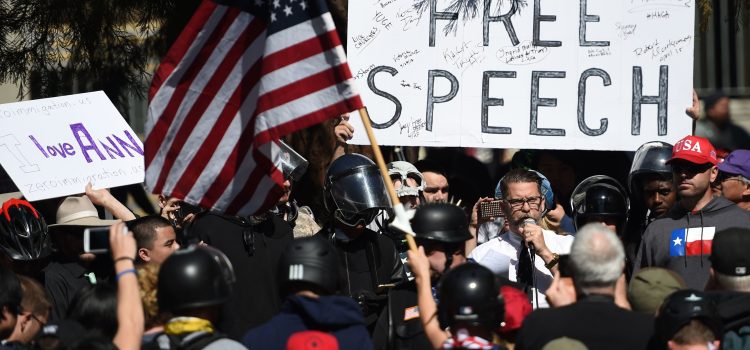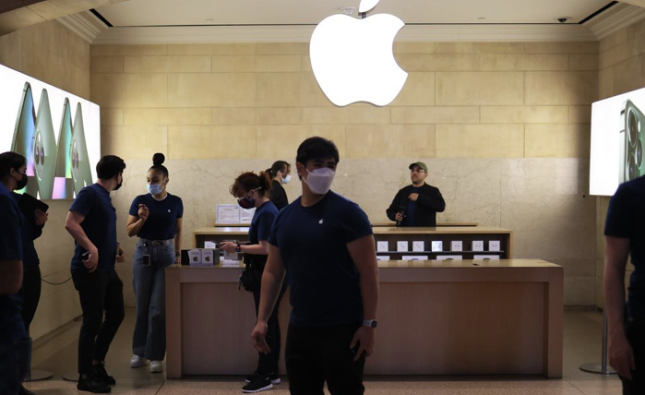
Introduction
College campuses have long been regarded as hubs of free expression, intellectual debate, and the exchange of diverse ideas. However, in recent years, the issue of where free speech ends and hate speech begins has sparked contentious debates across educational institutions. This article aims to delve into the intricate intersection between free speech rights and the limitations posed by hate speech, particularly within the context of college campuses. It will explore the complexities, legal frameworks, challenges, and potential solutions in navigating these boundaries. From the fundamental definitions of free speech and hate speech to the intricacies of legal interpretations, this discourse endeavors to delve into the heart of the matter. It seeks to unravel the complexities inherent in discerning where the boundaries lie and how educational institutions grapple with the moral and ethical dilemmas arising from conflicting rights and responsibilities. Join us as we traverse the labyrinthine paths of constitutional rights, social responsibilities, and the imperative quest for inclusive and intellectually vibrant academic environments. In doing so, we aim to foster a deeper understanding of the tensions and synergies between freedom of expression and the imperative to foster respectful, inclusive communities on college campuses.
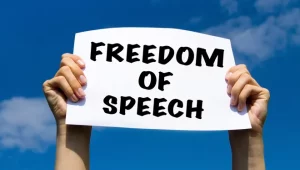
Free Speech and Hate Speech
Free speech, a fundamental right protected by the First Amendment in the United States, is the cornerstone of democratic societies. It encompasses the freedom to express opinions, ideas, beliefs, and viewpoints without censorship or restraint from the government or other authorities. However, the concept of free speech is not absolute; certain limitations exist, including speech that incites violence, constitutes defamation, or infringes on the rights of others. Hate speech, on the other hand, involves expressions that demean, discriminate, or advocate violence or hostility against individuals or groups based on characteristics such as race, religion, ethnicity, gender, sexual orientation, or disability. While some forms of hate speech may be protected under the banner of free speech, they often create hostile environments and contribute to marginalization and exclusion.

Challenges on College Campuses
College campuses, as microcosms of diverse perspectives, face unique challenges in balancing the preservation of free speech with the responsibility to foster inclusive and safe environments for all students and faculty. The clash between differing ideologies, political beliefs, and cultural backgrounds can lead to tensions exacerbated by the complexities of determining what constitutes protected speech and what crosses into hate speech territory. Incidents involving controversial speakers, provocative demonstrations, and offensive language have ignited debates about the limits of free expression and the potential harm caused by hateful rhetoric. Universities grapple with the dilemma of allowing diverse viewpoints while safeguarding the well-being of their communities, often navigating a fine line between upholding free speech principles and preventing harm to marginalized groups.

Legal Frameworks and Policies
Legal frameworks in various countries offer different perspectives on balancing free speech and hate speech. In the United States, the First Amendment provides broad protections for free speech, even encompassing certain forms of hate speech, unless it directly incites violence or constitutes harassment. Conversely, in countries like Germany and some European nations, hate speech laws are more stringent, imposing restrictions on certain types of offensive speech. Many universities adopt policies and codes of conduct that aim to address hate speech while preserving free speech rights. These policies often prohibit harassment, threats, and targeted attacks while allowing for open discourse and respectful disagreement. However, the interpretation and enforcement of these policies can be challenging, raising questions about who determines what speech crosses the line and how to balance competing interests effectively.
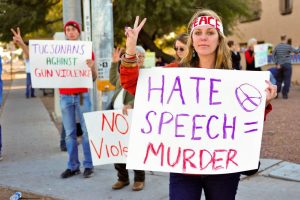
Navigating Solutions
Effectively navigating the intersection of free speech and hate speech on college campuses requires a multifaceted approach. First and foremost, fostering dialogue and education on diversity, inclusion, and respectful discourse is crucial. Promoting critical thinking and empathy can help mitigate the impact of hateful speech while empowering individuals to engage in constructive conversations. Institutional support for marginalized communities, through resources such as counseling services, cultural centers, and diversity initiatives, is essential in creating a more inclusive environment. Furthermore, clear and transparent guidelines that delineate the boundaries of acceptable conduct while upholding free expression can help mitigate conflicts and provide a framework for addressing contentious situations.
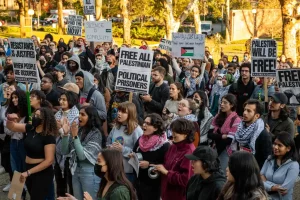
Table Detail
| Aspect | Free Speech | Hate Speech |
|---|---|---|
| Definition | Right to express opinions without censorship | Expressions that discriminate or incite violence |
| Legal Protection | Protected under First Amendment (US) | Subject to restrictions in various countries |
| College Challenges | Balancing diverse viewpoints and inclusivity | Ensuring a safe environment for all |
| Policy Frameworks | Codes of conduct balancing speech and safety | Prohibitions against harassment and threats |
| Solutions | Education on diversity, empathy, and inclusion | Institutional support for marginalized groups |
| Navigating Boundaries | Nuanced approaches and clear guidelines | Promotion of respectful discourse |
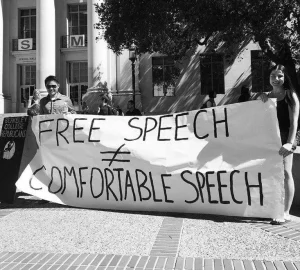
Conclusion
The dynamic landscape of free speech and hate speech on college campuses demands a delicate balance between preserving the open exchange of ideas and safeguarding against the harm caused by discriminatory rhetoric. As institutions continue to grapple with these challenges, fostering a culture of respect, empathy, and inclusion remains paramount in creating educational environments where diverse perspectives can coexist while upholding fundamental rights and values. Navigating the boundaries between free speech and hate speech requires nuanced approaches, thoughtful policies, and ongoing dialogue to ensure that college campuses remain bastions of intellectual discourse while fostering a culture of respect and inclusivity for all members of their communities. As this discourse draws to a close, it becomes increasingly evident that the tightrope walk between upholding the cherished principle of free expression and mitigating the deleterious effects of discriminatory rhetoric is neither simple nor absolute. The complexities embedded within this intersection necessitate nuanced approaches and multifaceted strategies. The journey through this discourse has shed light on the multifarious dimensions of this contentious issue. From deciphering the legal frameworks that delineate the boundaries of speech to scrutinizing the challenges faced by educational institutions in balancing competing interests, the need for a delicate equilibrium is apparent.








